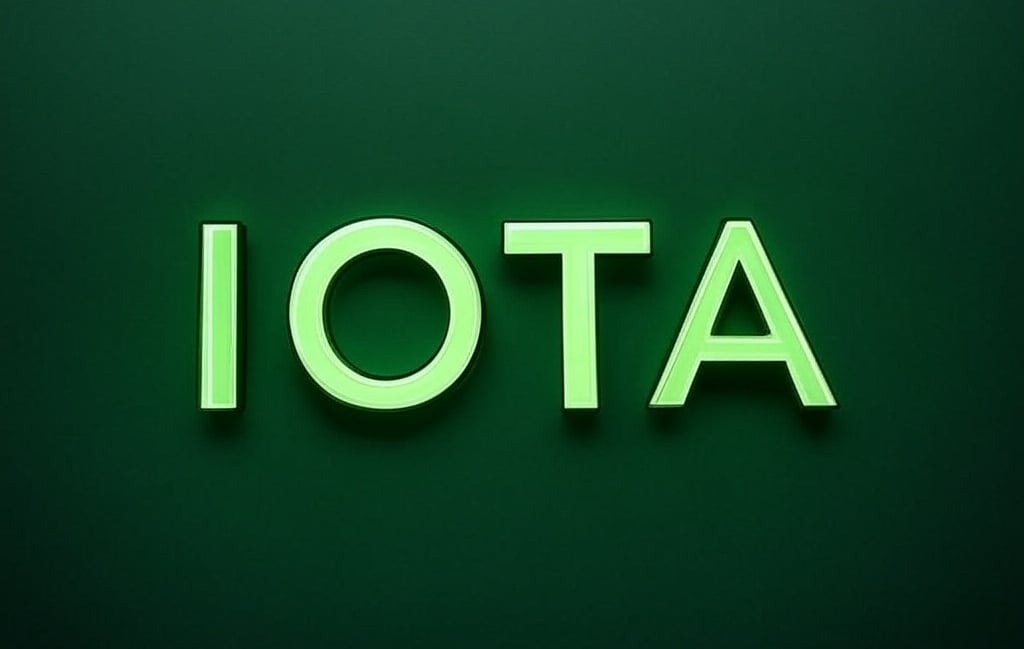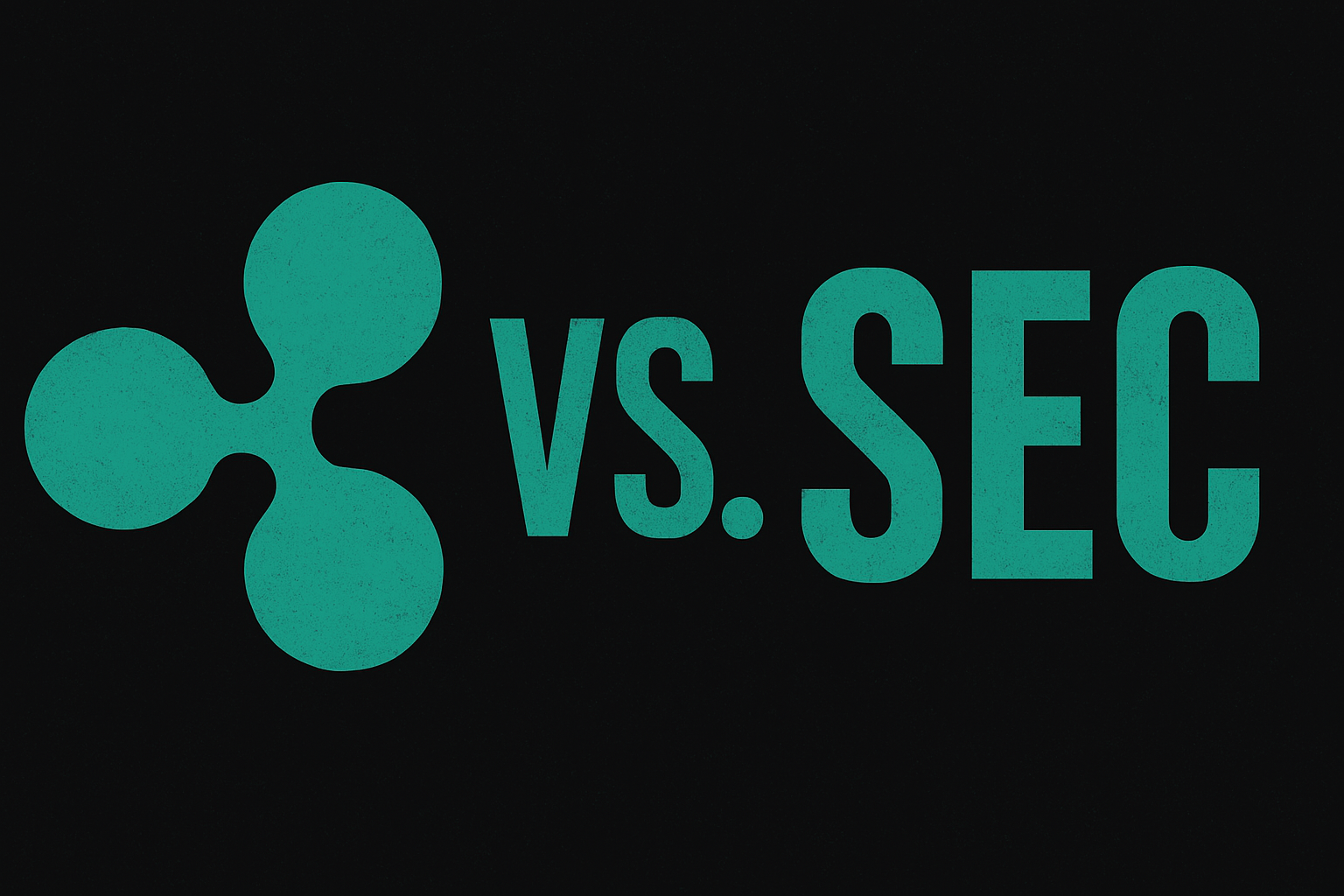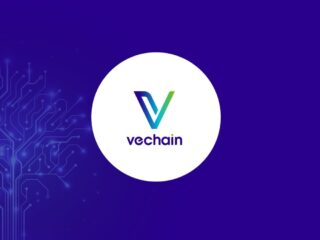IOTA is a system that is still often not understood – but that’s not a system error

- IOTA is a communication protocol with a distributed Ledger technology that has been developed for the Internet of Things (IoT) and works without transaction fees.
- It is an alternative to the “traditional” blockchain because it is based on a tangle system that processes transactions in a directed azyclical graph (DAG).
While many digital assets rise and fall due to online attention and speculative trends, IOTA works differently. However, its core technology not only differs from conventional blockchains, but was developed with a very long life cycle with a view to industrial applications.
2-
No miners. No gas fees.
Unlike traditional blockchains, IOTA runs on a DAG (Directed Acyclic Graph) architecture the Tangle.
This allows secure, decentralized transactions without network congestion or high costs.
— CRYPTO MAM (@QueenMam100) May 24, 2025
In contrast to most cryptocurrencies on blockchain systems, IOTA is based on a structure that essentially consists of a directed azyclical graph, which has been given the name “Tangle” for the sake of simplicity. In this architecture, each new transaction confirms two previous transactions and thus forms a network of validations instead of a single, linear Blckchain. In this way, no miners and transaction fees are needed, and the system continues to grow the more participants.
This makes two birds with one stone: network overload due to a lot of traffic and high fees. Since nobody is responsible for the creation of blocks, Tangle can process many transactions without limiting or slowing down due to high network activity. As a result, IOTA is suitable for processing small payments and machine-to-machine communication, since the usual fees would restrict their use.
Built for the IoT
IOTA was developed with a view to the Internet of Things (IoT) and is intended to serve as a transaction vehicle for intelligent infrastructures. Its architecture enables data exchange in real time between machines, which is decisive for use cases in intelligent cities, autonomous vehicles, industrial automation and digital identity systems.
IOTA does not aim at speculative trade or consumer financing, but is a framework for the connection of sensors, devices and infrastructure components. The interactions require quick communication via distributed systems – and this is exactly what Tangle is designed in a unique way.
As CBF reported, the ongoing work for reviewing climate data, identity management and persecution of industrial quality shows that the IOTA architecture is already being used in the real world in pilot projects. However, this usually takes place behind the scenes, which explains why the protocol receives less public attention than Memecoins and other crypto projects with a speculation character and corresponding volatility.
Shifting towards complete decentralization
How CNF reported, Has the IOTA has recently experienced some changes, including the change from a coordinator-based model to a fully decentralized proof-of-stake system (POS) under IOTA 2.0. The upgrade will increase the trustworthiness and enable community governance, while scalability and efficiency of the protocol are preserved.
This change is part of a broader movement in the blockchain world to use proof-of-stake as an energy-friendly consensus method. The change also eliminates a central control function for IOTA, which corresponds even more with the ideas of decentralized networks and meets the wishes of regulatory authorities and partners.
IOTA works with known institutions worldwide. There are, for example, Dell Technologies, the EU Commission, EU Blockchain Services and Climatecheck.
In contrast to most blockchain startups, which are geared towards use by the public or the defi sector, Iota aims at the institutional sector. The integration of distributed ledger into large infrastructure projects is currently being considered by governments and approved by regulatory authorities, which supports long -term plans so that this becomes a regular practice.








No Comments